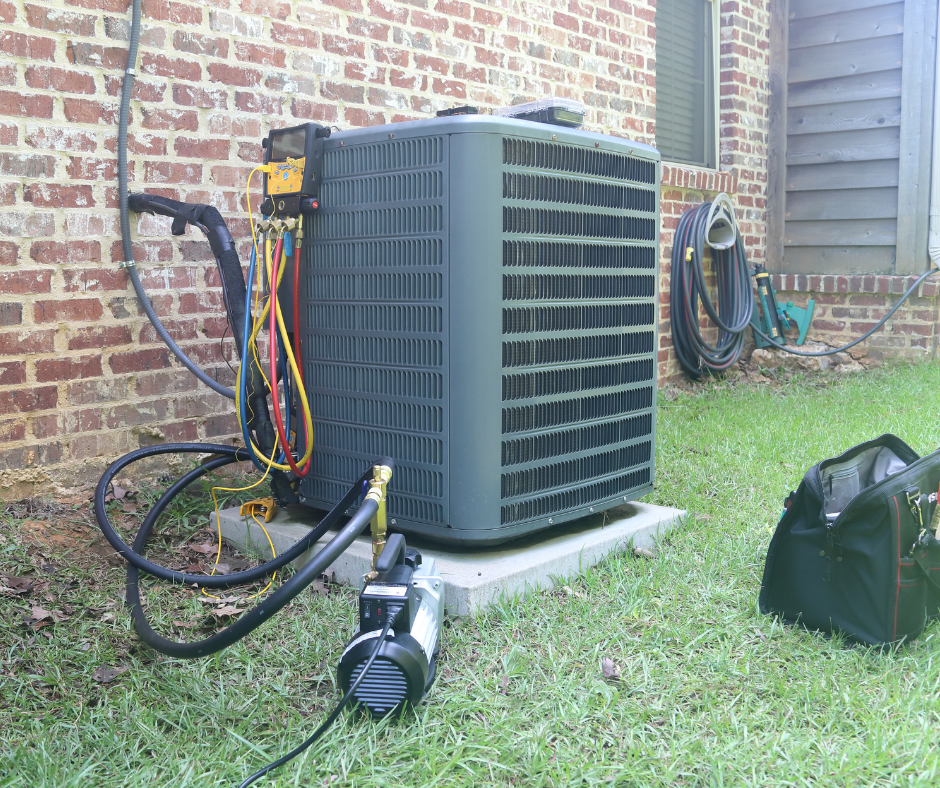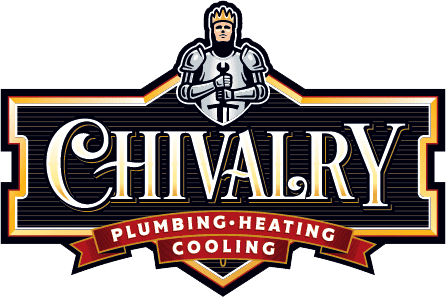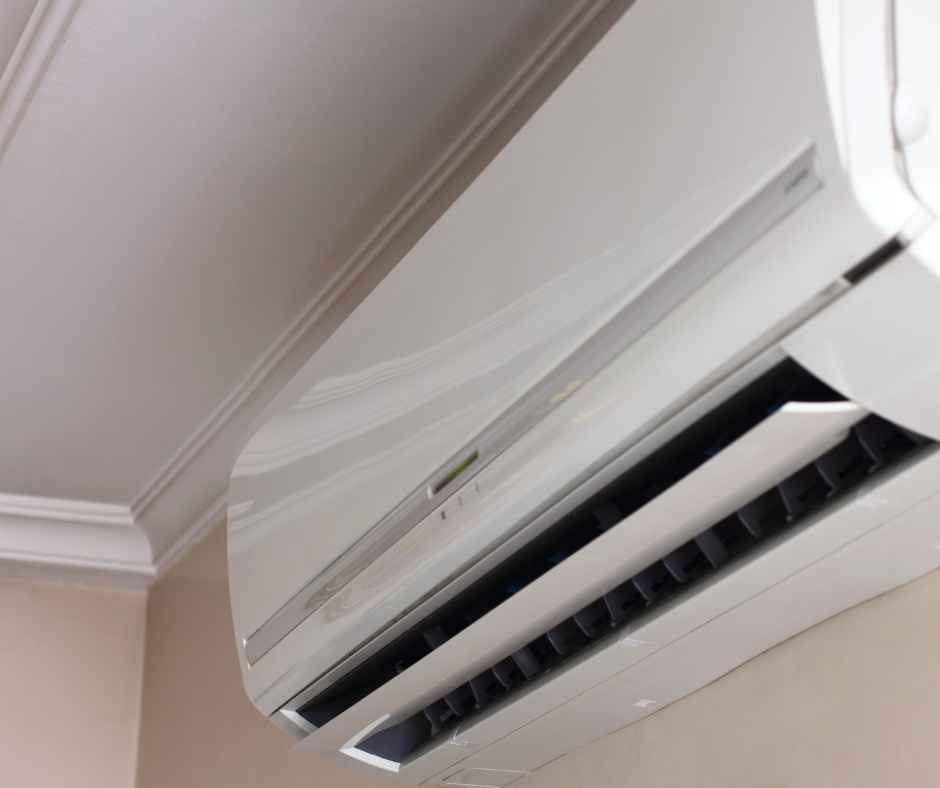
Ductless vs. Central Air Conditioning: Which Is Right for Your Home?
When it comes to staying cool during the summer months, your home’s air conditioning system plays a major role in your comfort—and your energy bill. With two major options available—ductless and central air conditioning—many homeowners wonder which system is better suited to their needs. Each system offers its own benefits and drawbacks, depending on your home’s layout, budget, and personal preferences. Choosing the wrong system could lead to higher utility costs, uneven temperatures, or unnecessary repair expenses down the line. That’s why understanding the differences between these two systems is so important.
In this blog, we’ll explore how ductless and central air conditioning systems compare, what signs indicate you may need to upgrade or switch, and how to make the right decision for your home and family.
Understanding the Differences Between Ductless and Central Air Conditioning
Deciding between a ductless mini-split system and a central air conditioning system starts with understanding how each one works—and why that matters for your home. Central AC systems operate through a network of ducts that distribute cooled air from a single outdoor condenser and indoor air handler throughout the home. These systems are often ideal for homes that already have ductwork installed, offering whole-home comfort with a single thermostat.
Ductless systems, on the other hand, use individual indoor air handlers mounted in each room or zone, connected to an outdoor condenser. They allow for targeted cooling without the need for existing ducts.
This choice matters because it affects not only your comfort but also your monthly energy bills, installation costs, and ongoing maintenance needs. A central AC system might seem convenient, but it can lead to energy loss through duct leaks, especially in older homes. Meanwhile, ductless systems are incredibly energy efficient but may require more upfront investment, particularly if you’re cooling multiple zones.
Choosing the wrong type of system for your home layout and cooling needs could result in inconsistent temperatures, underperformance, or unnecessary expenses. That’s why it’s important to weigh your options carefully before committing to a system.
Signs You May Need to Rethink Your Cooling System
Whether you’re upgrading an old system or installing air conditioning for the first time, there are clear signs that can point you toward the type of system that best fits your home. Ignoring these signs may lead to inefficiencies or discomfort, especially during the hottest months of the year.
When Your Current System Isn’t Meeting Your Needs
If your current system struggles to keep every room in your home at a consistent temperature, it may be time to consider your options. Central air conditioning can have difficulty reaching far corners of a house, especially if the ductwork is aging or poorly installed. On the other hand, ductless systems offer room-by-room control, making them ideal for homes with multiple floors or converted spaces like attics or basements. Uneven cooling is often the first hint that your existing setup isn’t working as efficiently as it should.
You might also notice rising utility bills with no change in usage patterns. This is often a sign that your system is working harder than it should, possibly due to leaky ducts in a central AC system or a failing unit in a ductless setup. If you’re scheduling frequent repairs, hearing strange noises, or simply feeling like your system is outdated, it’s probably time to re-evaluate whether ductless or central air conditioning is best for your home.
Why the Right Choice Depends on Your Home
The decision between ductless and central air comes down to several factors that are unique to your home. For example, if your house doesn’t already have ductwork installed, adding it can be a costly and invasive project. Ductless systems are a great solution in these cases, offering efficient cooling without the need for major renovations. They’re also ideal for older homes, additions, or homes with multiple zones that require individual temperature control.
Budget is another major consideration. While central AC often has lower initial costs when ductwork is in place, it may not be as energy efficient in the long term—especially if the ducts are poorly sealed. Ductless systems typically have higher upfront costs but offer better energy savings over time. Your home’s insulation, layout, and even your family’s schedule can all influence which system will ultimately serve you better.
Finding the Right Cooling Solution for Your Home
If you’ve identified issues with your current air conditioning setup, the good news is there are clear solutions available—both for quick improvements and long-term comfort. Whether you’re managing a minor performance problem or considering a full system upgrade, there are steps you can take today and decisions that may require expert input.
What You Can Do on Your Own
There are a few things homeowners can try before committing to a new system. If your central AC is struggling, start by inspecting and replacing air filters, which can quickly become clogged and restrict airflow. For ductless systems, make sure the air handlers are not blocked by furniture or curtains. In both cases, improving insulation and sealing gaps around doors and windows can make a big difference in how well your system performs.
You might also explore the benefits of a programmable or smart thermostat. These can help optimize cooling cycles and avoid unnecessary energy use, especially if your household follows a regular schedule. Regular maintenance is also key. Keeping outdoor units clear of debris and ensuring vents or indoor heads are clean and unobstructed can help extend the life of your equipment and improve performance in the short term.
When It’s Time to Call in the Experts
Some problems go beyond basic maintenance. If you’ve made adjustments and your system is still underperforming—blowing warm air, cycling too frequently, or failing to cool at all—it’s time to consult a professional. This is especially true if your ductwork is older or was added on during renovations. A qualified technician can perform a full system evaluation, including duct inspections, refrigerant checks, and airflow assessments.
A professional can also help you make the right call when it comes to replacing your system entirely. If your existing central AC is more than 10-15 years old or if your home’s layout has changed (such as the addition of new rooms), it may no longer be the right fit. Ductless systems can often be integrated with existing setups to provide supplemental cooling for these new spaces. Consulting with an expert ensures you’ll get a solution that fits your home, your energy goals, and your budget.
Tips to Maintain Long-Term Comfort and Efficiency
Once you’ve chosen the right air conditioning system for your home—ductless or central—it’s important to follow best practices to keep it running efficiently for years to come. Ongoing maintenance not only preserves your comfort but also protects your investment by preventing major issues before they start.
Keep Your System in Top Shape With Routine Maintenance
One of the simplest but most effective ways to protect your AC system is by scheduling seasonal inspections. A professional check-up in the spring helps ensure your system is clean, fully charged with refrigerant, and operating as intended before summer heat kicks in. Even newer systems need this regular attention to remain efficient.
Clean or Replace Filters Frequently
It’s also essential to keep your air filters clean. For central air systems, filters should be replaced every 1–3 months depending on usage and indoor air quality. Ductless systems require filter cleaning too—usually every month or two. Neglecting this basic task can force your system to work harder, increasing energy use and the risk of breakdowns.
Ensure Clear Airflow Around Units
Pay attention to airflow around vents or indoor units. Furniture, drapes, or rugs can block airflow and cause uneven cooling throughout your home. Keeping these areas clear improves both performance and comfort. If you have central AC, make sure your ductwork is sealed and insulated, especially if it runs through attics or crawlspaces where energy loss is more likely.
Seal and Insulate Ductwork (If Applicable)
If your home uses a central air system, make sure your ductwork is sealed and insulated—especially if it passes through unconditioned spaces like attics or crawlspaces. Leaky ducts can cause significant energy loss, reduce overall cooling efficiency, and make it harder to keep your home consistently comfortable.
Use a Smart Thermostat for Better Control
Smart thermostats are a great way to improve efficiency without sacrificing comfort. They allow you to program cooling schedules, monitor usage, and create zones if your system allows. Ductless systems, in particular, benefit from this flexibility since they already support zoned control. Whether you’re home or away, smart thermostats help you make the most of your cooling system.
Making the Right Choice for Home Comfort
Choosing between ductless and central air conditioning isn’t always a simple decision—but it’s an important one that impacts your everyday comfort, long-term energy use, and overall peace of mind. Both systems offer unique advantages depending on your home’s layout, your cooling needs, and your budget. Ductless mini-splits provide zoned flexibility and high efficiency, especially in homes without existing ductwork. Central AC, meanwhile, can be a great fit for homes with ducts already in place and a need for whole-home coverage controlled from a single thermostat.
If your current cooling system isn’t keeping you comfortable, or if you’re planning a home renovation and want to make the most informed choice possible, don’t leave it up to guesswork. A professional evaluation can help you understand what system will serve your home best—now and into the future. Whether you’re leaning toward a ductless solution or looking to optimize your central air system, professional insight is essential to ensure the installation is done right and the system is properly sized.
Contact Chivalry Plumbing, Heating & Cooling today to schedule a consultation. Our team is here to help you weigh your options, boost your home comfort, and ensure you get the most out of your air conditioning investment—all with honorable service you can count on.
Recent News
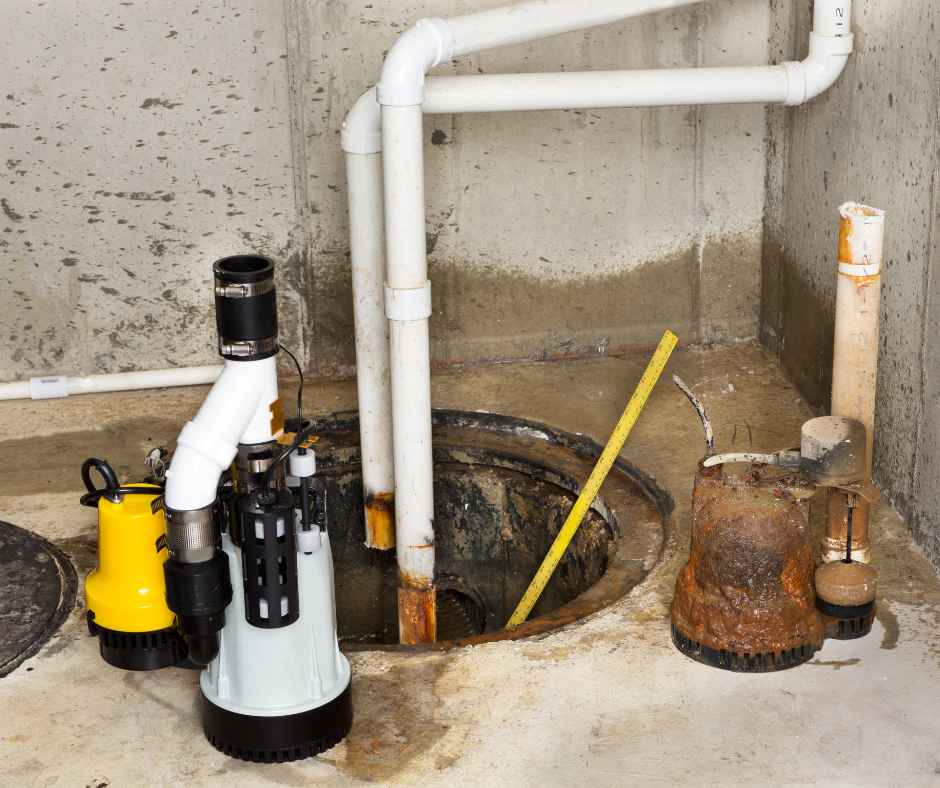
Smart Plumbing Upgrades That Save You Money in New York
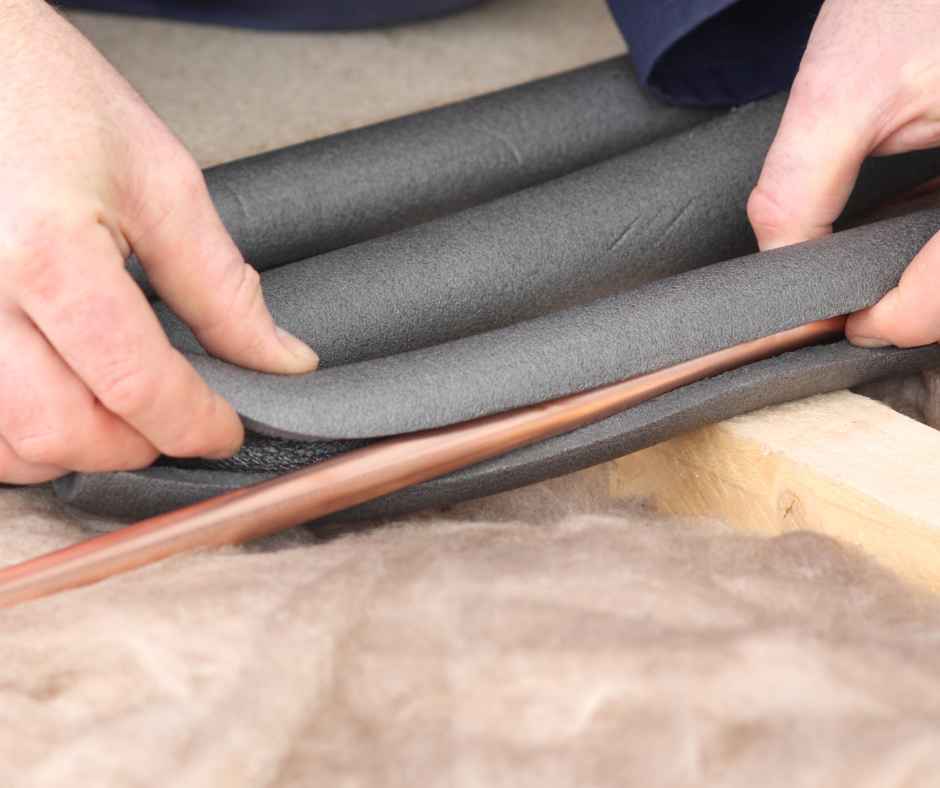
Freeze & Burst Protection in Massapequa: How to Safeguard Pipes Before Winter
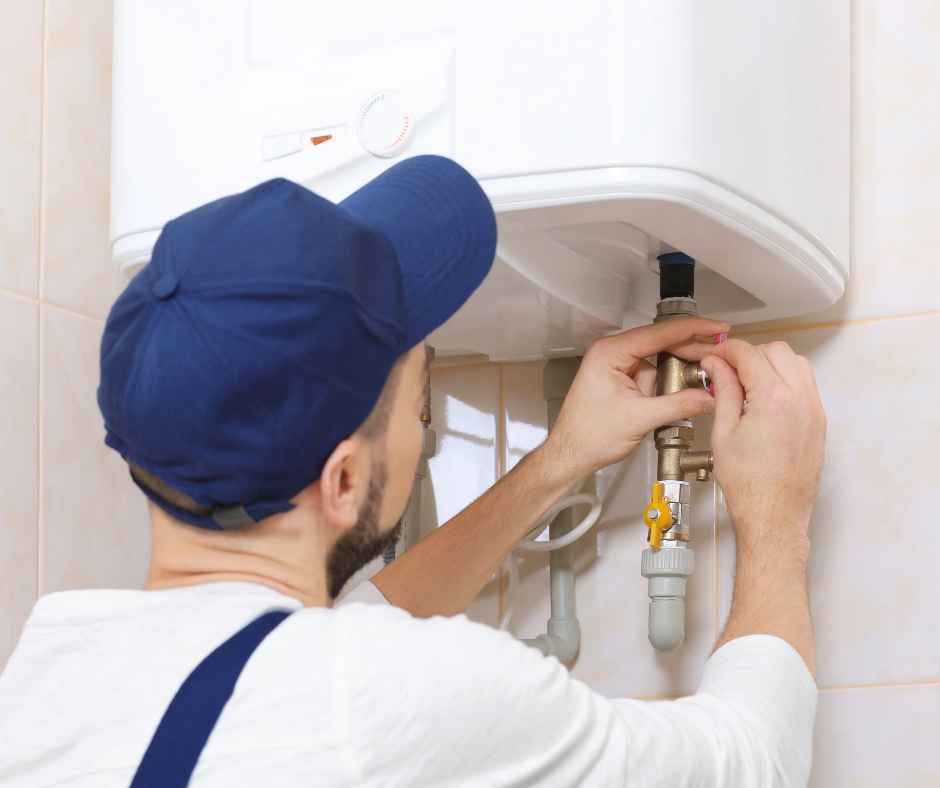
Massapequa Home Plumbing Audit: 20-Point Checklist

Tankless vs. Traditional Water Heaters: An Unbiased Cost-Benefit Analysis
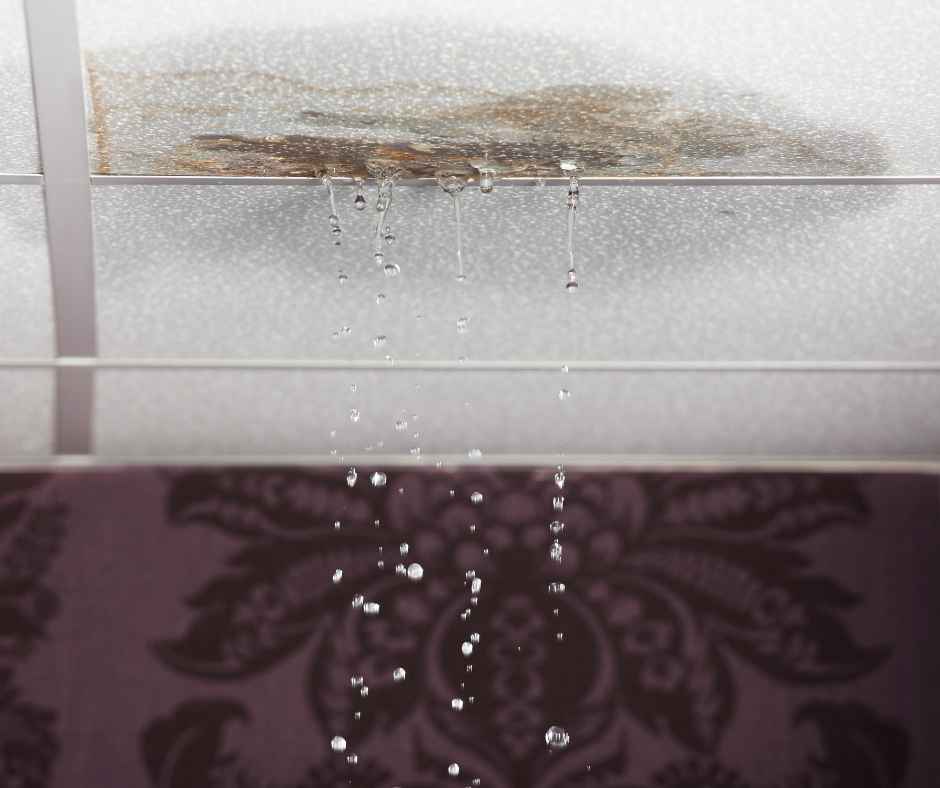
7 Early Warning Signs of a Hidden Leak (and How to Fix Them Fast)
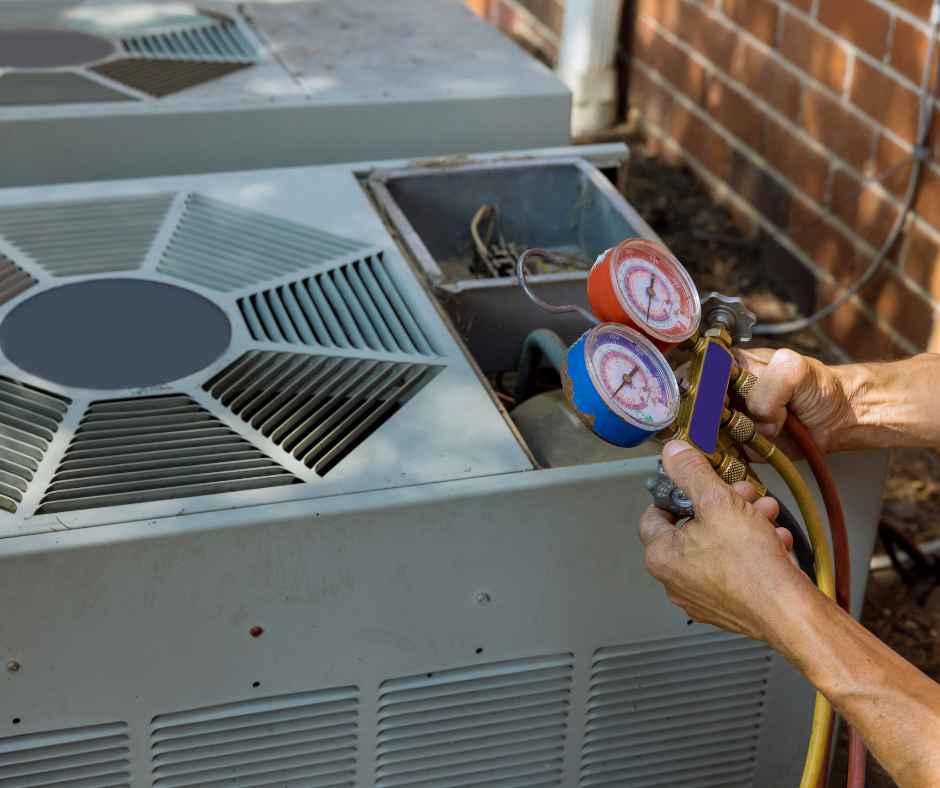
Why Is My AC Leaking Water?
